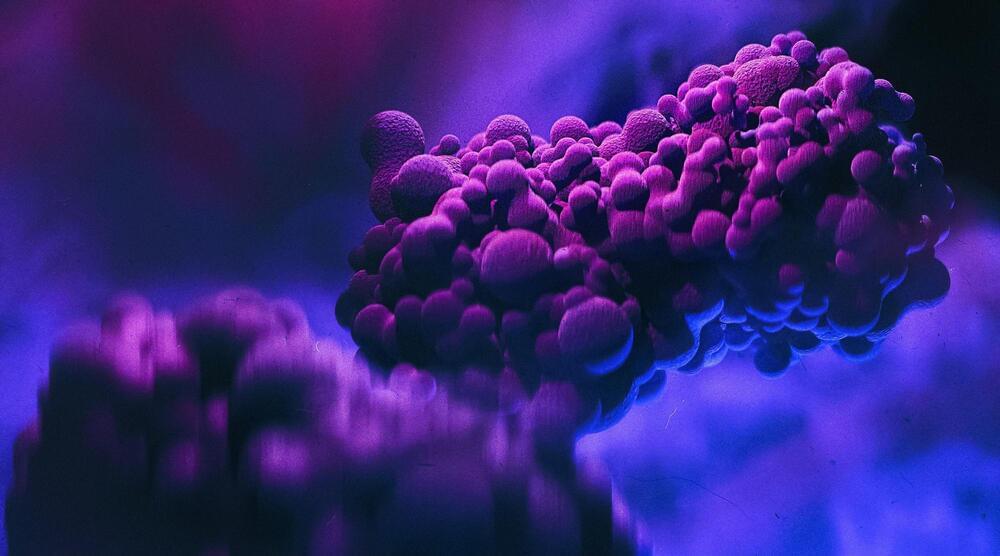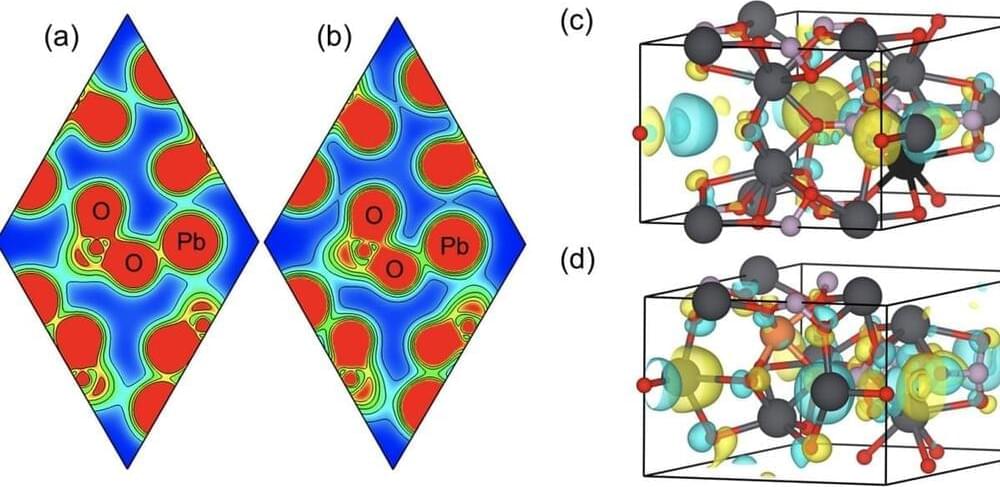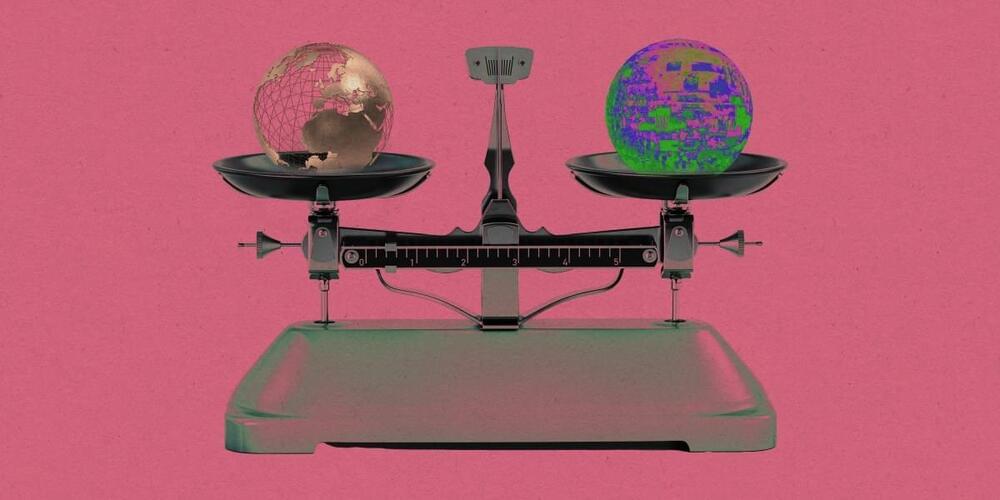A recent study reveals that the monkeypox, or mpox, virus is evolving into multiple strains due to mutations caused by ongoing interactions with the human immune system, suggesting that the virus has been circulating in humans since 2016.
“These observations of sustained MPXV transmission present a fundamental shift to the perceived paradigm of MPXV epidemiology as a zoonosis and highlight the need for revising public health messaging around MPXV as well as outbreak management and control,” write the authors.







